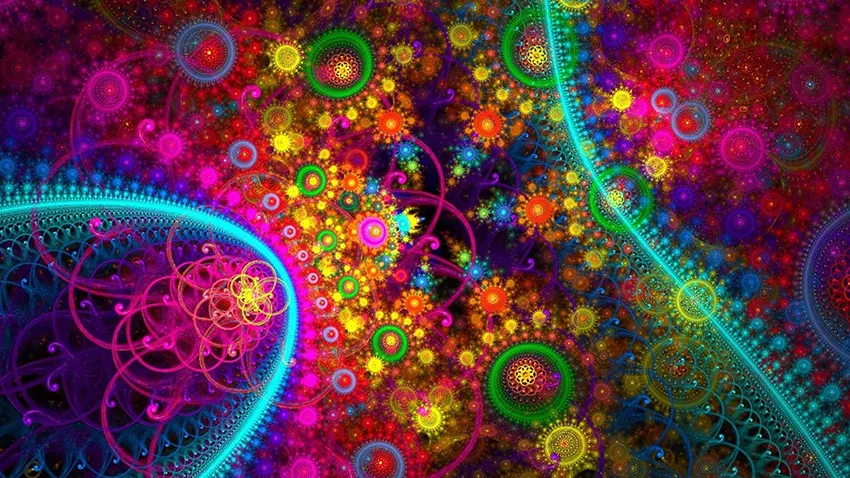1.- What does Chakrasana mean?
Chakrasana also called ‘Urdhva Dhanurasana‘ comes from Sanskrit ‘Chakra‘, What does it mean ‘wheel‘; Urdhva, What does it mean ‘Upwards‘; Dhanur What does it mean ‘Bow‘, and ‘Asana‘ What does it mean ‘Pose‘. That is, the meaning is ‘wheel stance‘ o ‘bow posture looking up’.
This is one Asana backward bending in yoga as a level exercise intermediate that requires having practiced other Asanas basic level.
The importance of this Asana lies in the fact that it makes the spine be more elástic.
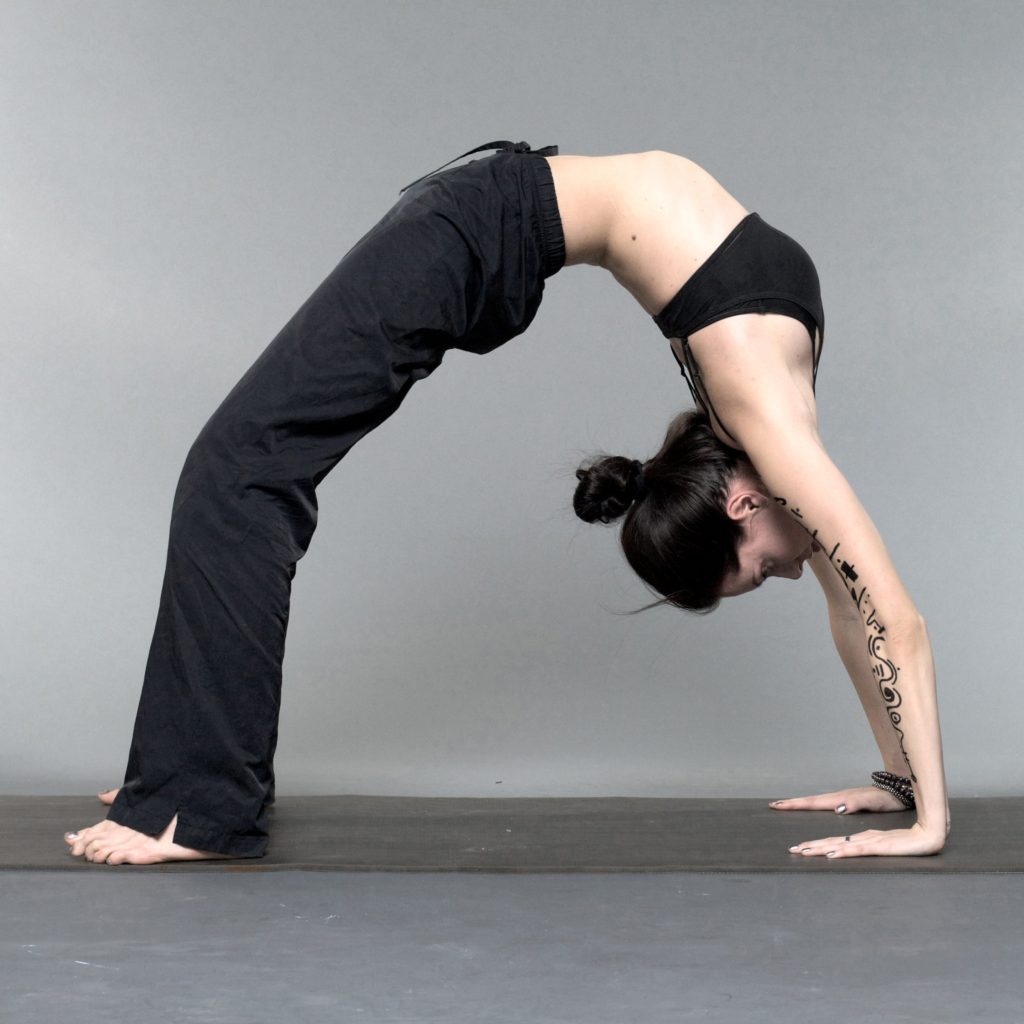
You collaborate with this blog by buying incense and essences in our online store Inciensoshop. The selection that we offer you in this link It is suitable for the practice of Chakrasana.
2.- How to perform Chakrasana
First of all, lie on your back with both hands at your sides. Then bend your knees and bring your heels closer your buttocks as much as possible.
Next, raise your hands and bring them to the sides of your ears. Consequently, lift the body with adequate support from feet and palms.
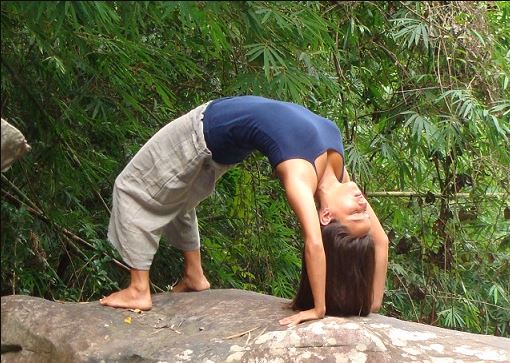
Finally, stretch your shoulders and thighs. Finally, in this last position, the body resembles an arch, almost like a wheel. Hold this pose to your own ability. And finally, to free yourself from this position, you can lower your body until it safely touches the ground. Remember that this pose should be followed by forward bending poses to counteractany pressure from bending yourback.
3.- Chakrasana enhances 3 Chakras in particular
3.1.- Anahata Chakra (Fourth Chakra)
The fourth Chakra Anahata, associated with the color green and the element of Air; It is the intermediate Chakra between the upper and lower Chakras. The heart resides in Anahata, and from this center emanate the purest and most sincere feelings of Love , without form or limits. Its openness opens us to a higher experience of our own life, and encourages us to maintain a more spiritual life.
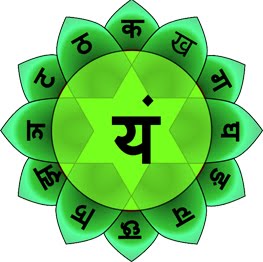
“Anahata Chakra represents the center of our Being. From this center of power where the heart is located, emanates the purest and most sincere feeling of Love, and it is the gateway to God.”
Enmanuel Torras Mata
3.2.- Manipura Chakra (Third Chakra)
The third Manipura Chakra, associated with the color yellow and the element of Fire. It is the center of personal power, and the engine that drives the Kundalini energy to the higher Chakras. Manipura is responsible for generating the momentum you need to take charge of your life.
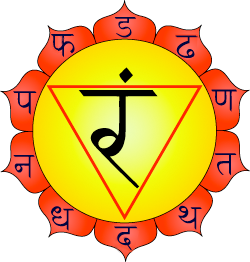
” Feeding the fire of the third Chakra facilitates the driving force necessary to act and complete everything that we must face in our lives. “
Enmanuel Torras Mata
3.3.- Svadhishtana Chakra (Second Chakra)
The second Chakra is Svadhishthana, associated with the color orange and the element of Water. It is the Chakra where dreams, desires, fantasies, the center of pleasure and pain are awakened.
Our feelings and emotions have a great influence on this center, and unfortunately, also the harmful impulses of the mind. The disharmony of Svadhishthana is common, and tends to generate a lot of confusion, since we relate the pure Love of Anahata with the impulse of the desire of Svadhishthana.
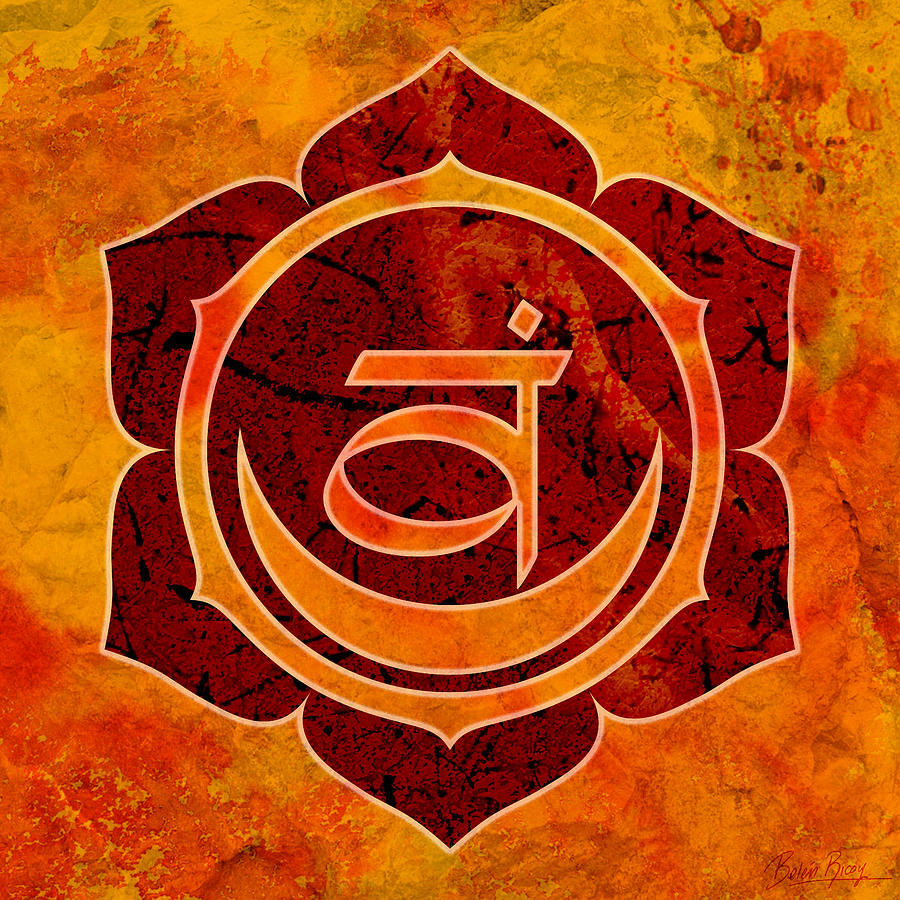
“We must recognize that part of our life is governed by this center of power; we may find that this part occupies most of our living space”
Enmanuel Torras Mata
4.- The multiple benefits of practicing Chakrasana
The different benefits it can produce trabajar esta Asana focuses on give and keep the flexibility of the joints of the column, tone up the muscles of the back making you feel more strong overall, reach strengthen the joints of various muscles, relieve back pain, and finally leave behind a sedentary life.
Chakrasana tones the entire organism, adding dynamism and youth to our state of mind.
It makes the spine more elastic, as well as releases tension from the back.
5.- What you should avoid when practicing Chakrasana
First of all, if you suffer from high blood pressure, vertigo or heart ailments, or if you have recently undergone surgery, you should avoid its practice. Likewise, people who suffer from diseases of the spine, such as lumbar and cervical spondylitis. In the same way, if you suffer from a serious hernia, you should also avoid its practice.
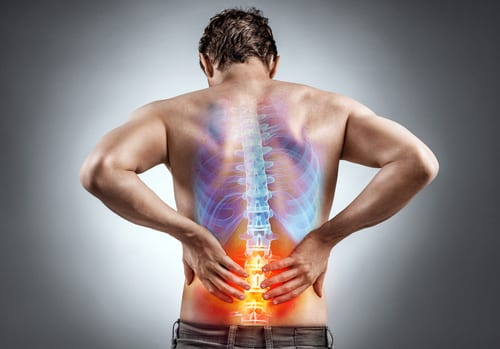
Carpal tunnel syndrome.
Heart problems.
Back injury.
High or low pressure.
Headache.
Diarrhea.
